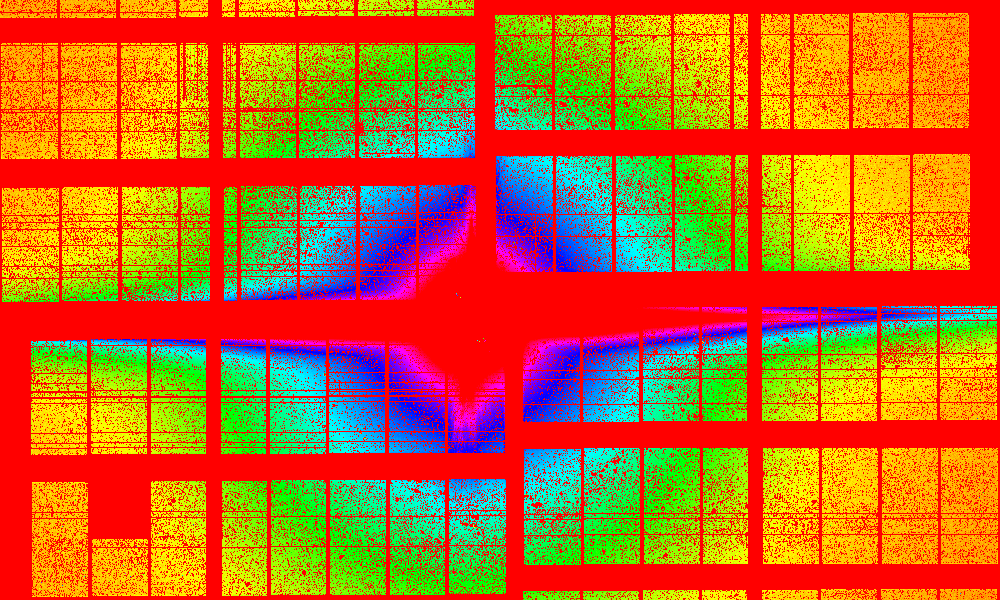
Studying coronavirus proteins using small-angle X-ray scattering at European XFEL

A collaboration led by researchers from EMBL Hamburg’s Svergun Group used small-angle X-ray scattering (SAXS) at the European XFEL to obtain data on samples containing coronavirus spike proteins and antibodies that can bind them. This is the first time that an X-ray laser was used to collect a SAXS curve of a protein. The results from this experiment could improve our understanding of the immune response to coronavirus and help to develop medical strategies to overcome COVID-19.
SAXS is a powerful technique, as it allows researchers to gain insights into protein shape and function at the micro- and nanoscale. SAXS has proven to be extremely useful in investigating macromolecular structures such as proteins in native form under physiological conditions. This gives a measure of the shape and size of a protein and how it changes, for example, when antibodies bind.
The experiment involved research teams from the European XFEL, EMBL Hamburg, CFEL, DESY and the Max Planck Institute for the Structure and Dynamics of Matter. “With this pilot experiment, we managed to demonstrate the possibility of ultrafast time-resolved SAXS on biological samples at the XFEL’s beam,” says Clement Blanchet. He and Melissa Graewert are the project leaders in Dmitri Svergun’s group.
Text adapted from a post published on European XFEL news.


